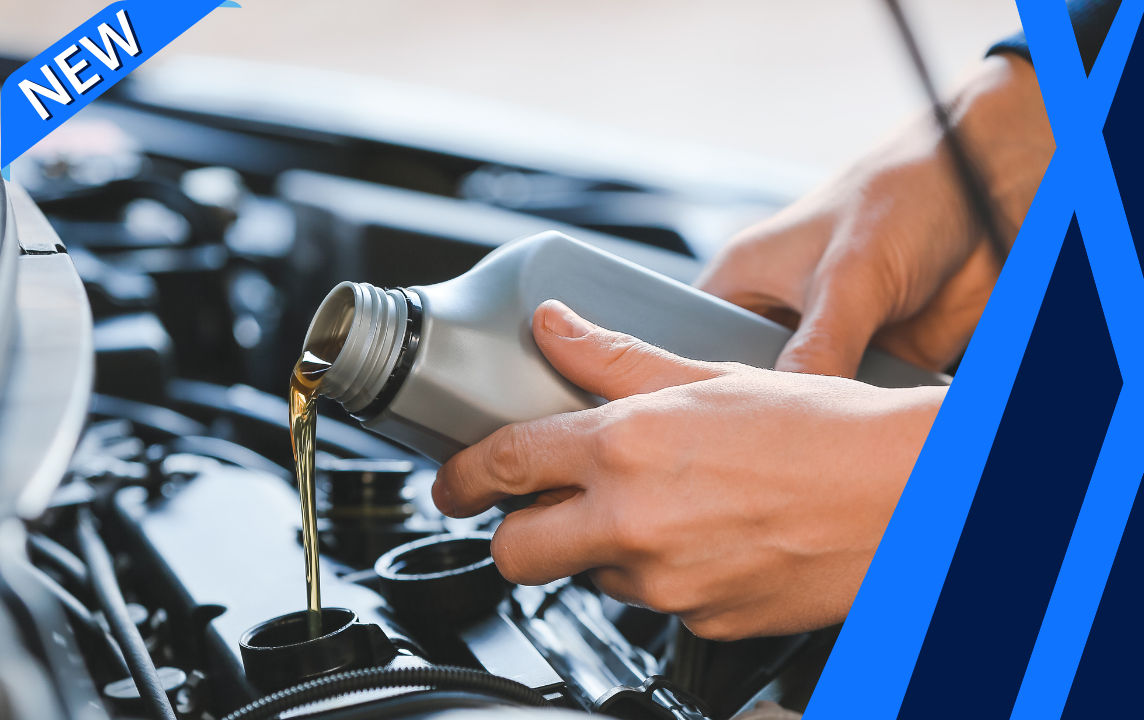Description
Car is not shifting into park Inspection
How this system works:
Many vehicles use a cable to link the shifter handle to the transmission. Most automatic transmissions have one cable while a manual transmission will have two.
Automatic transmissions have only a single shift lever. This lever is linked to the manual valve of the transmission.
A manual transmission has two shift levers, one for the vertical movement of the shifter assembly on the transmission and one for the horizontal movement. One cable pushes or pulls the horizontal level, while the other moves the vertical lever.
Common reasons for this to happen:
- Transmission Shift Cable Broke: If the cable connecting the shifter handle to the transmission is broken the car will not going into park, in fact the shifter will not work at all. Transmission cables usually break due to stretching, which happens over time or can result due to speed shifting or jamming the car into gear.
- Stretched Transmission Cable: Prior to breaking, a transmission cable will stretch. When this happens the car may be hard to put in park. It can even make it hard to turn the ignition off and remove the key because the vehicle is not in park. A stretched cable will often result in a misaligned shifter, as an example, when shifter indicates it is in reverse, it could actually be in drive.
- Faulty Shifter Mechanism: A large amount of play in the shifter could indicate that the shifter is malfunctioning or broken. A failing shifter can be difficult to put into park, or any other gear. In many cars it is possible to remove the boot covering the shifter to examine the shifting mechanism. If any parts appear to be loose or broken, the vehicle should be inspected and repaired as soon as possible.
- Blocked Shifter Mechanism: Many shifters slide on a channel and items such as coins, and food can fall into it. This can cause the vehicle to not shift into park, or other gears, depending on where the blockage falls. This is an easy fix. Carefully examine the shifter channel looking for blockages and remove anything that is causing a problem.
- Worn Ignition Key Tumbler: While this problem is usually associated with not being able to shift a car out of park, it can also make putting it into park difficult. Ignition key tumblers simply wear out over time and will have to be replaced. Other symptoms of a failing key tumbler is a hard to turn ignition and difficulty putting the car in gear.
- Failing Transmission Solenoids: Transmission Solenoids help control the flow of transmission fluid in the transmission. Trouble shifting the car is a common indicator of failing solenoids.
- Failing Transmission: Transmissions are complicated and contain a lot of moving parts. As a car ages, parts inside the transmission can wear out or be damaged, resulting in a hard shifting and clunking or grinding noises. Transmission repairs can quickly turn expensive so having the vehicle inspected and diagnosed as quickly as possible is key.
What to expect:
A top-rated mobile mechanic will come to your home or office to determine the source and cause of the Car not shifting into park issue, and will then provide a detailed inspection report that includes the scope and cost of the necessary repairs.
How it’s done:
A mechanic will inspect the shifter cable, the shifter mechanism and ignition, and other important components that may include the transmission if deemed necessary. It may be required for the mechanic to test drive the vehicle to pinpoint the source of the problem and provide an accurate diagnosis.
How important is this service?
A car that will not go into park is not really functional as a mode of transportation. In many cases the vehicle will be difficult to start and turn off and can also roll away when stopped. This type of problem should be inspected and repaired as soon as possible.




